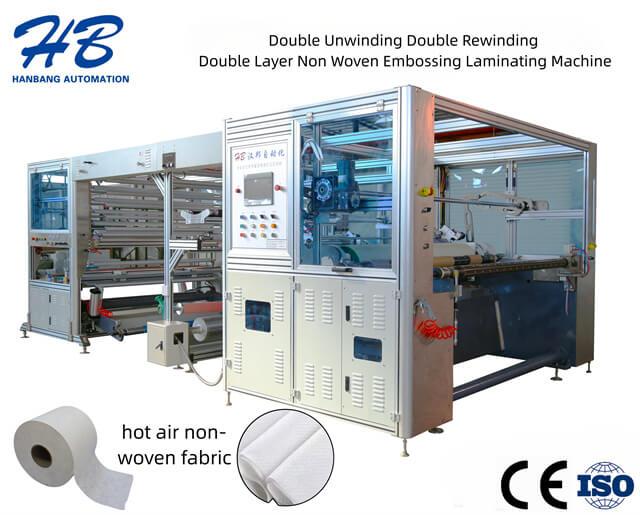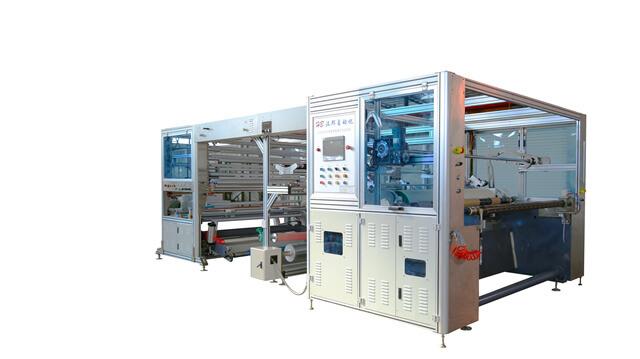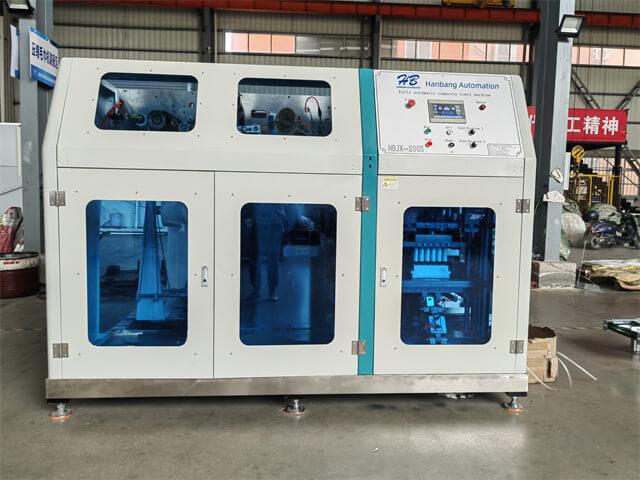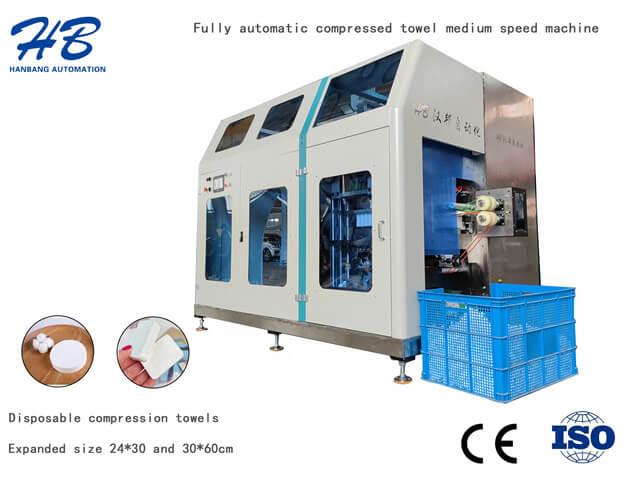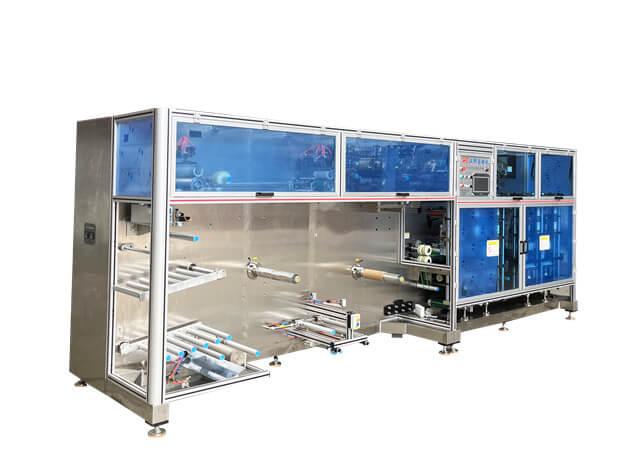Author:HB Nonwoven MachineryFROM:Compressed Towel Machine Manufacturer TIME:2023-12-19
Non-woven fabrics are widely used in the production of various products, including diapers and sanitary napkins. To ensure efficient and accurate production, manufacturers rely on slitting machines. These machines are essential for cutting non-woven fabric into desired widths. In this article, we will provide operating tips for non-woven fabric slitting machines to enhance productivity and quality.
Before starting operations, it is crucial to ensure that the slitting machine is set up correctly. This includes checking the alignment of the blades, adjusting the tension control system, and calibrating the sensors. Proper machine setup ensures accurate cutting and prevents material wastage.
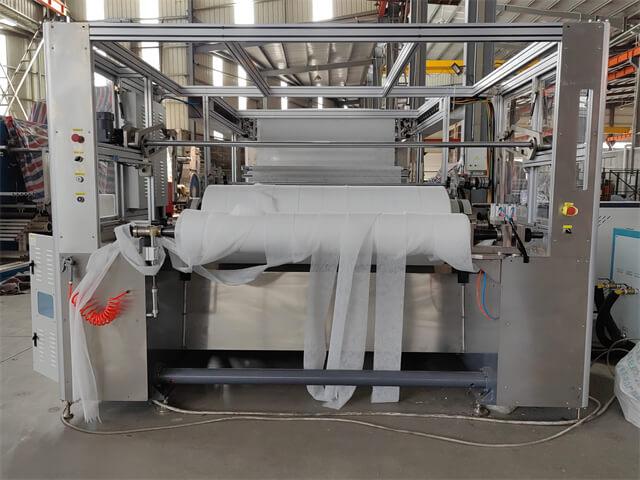
The blades of the slitting machine should be regularly inspected for any signs of wear or damage. Dull or damaged blades can result in uneven cuts and reduce the overall quality of the final product. It is essential to replace worn blades promptly to maintain optimal performance.
Balancing the tension of the non-woven fabric during the slitting process is crucial to avoid wrinkles, stretching, or tearing. The tension control system should be properly adjusted based on the thickness and characteristics of the fabric. Regularly monitor and fine-tune the tension control settings to ensure consistent and high-quality slitting.
Incorporating quality checks at various stages of the slitting process is vital to detect any defects or inconsistencies. This can include monitoring the end product for width accuracy, examining the edge quality, and inspecting for any visible flaws. By implementing quality checks, manufacturers can identify and rectify issues early on, ensuring the production of defect-free products.
The speed at which the slitting machine operates is a critical factor for achieving optimal results. However, running the machine at excessively high speeds can lead to compromises in cutting accuracy and overall product quality. It is important to find the right balance between speed and precision to maximize productivity without compromising on the end product's quality.
Regular maintenance of the slitting machine is essential to ensure its optimal performance and longevity. This includes cleaning the machine regularly, lubricating moving parts, and inspecting and replacing worn-out components. Following a scheduled maintenance routine can minimize u
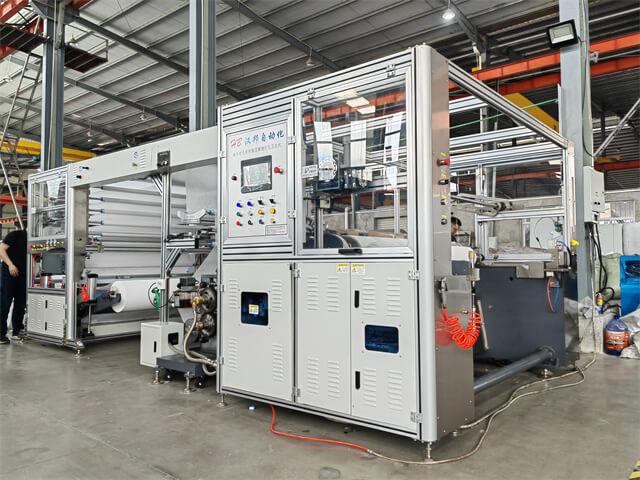
Providing comprehensive training to the operators is crucial for efficient and safe operation of the slitting machine. Operators should be familiar with the machine's controls, understand the importance of proper
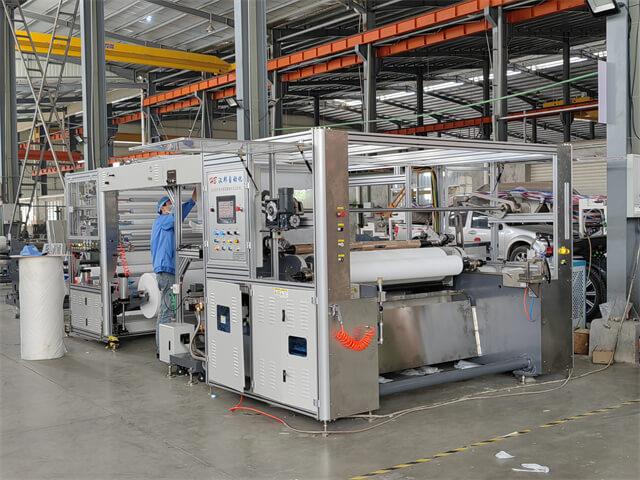
Advancements in automation and technology have greatly improved the efficiency and accuracy of non-woven fabric slitting machines. Manufacturers should embrace these advancements and invest in modern machines equipped with advanced features such as automated tension control, real-time monitoring, and data analysis capabilities. Such technologies can optimize production processes, reduce errors, and enhance overall productivity.
Operating a non-woven fabric slitting machine requires attention to detail and adherence to best practices. By ensuring proper machine setup, regularly inspecting blades, optimizing tension control, implementing quality checks, maintaining the right machine speed, conducting regular maintenance, training operators, and embracing automation and technology, manufacturers can enhance productivity and produce high-quality end products. By following these operating tips, the non-woven fabric industry can continue to meet the demands of the market efficiently and effectively.
